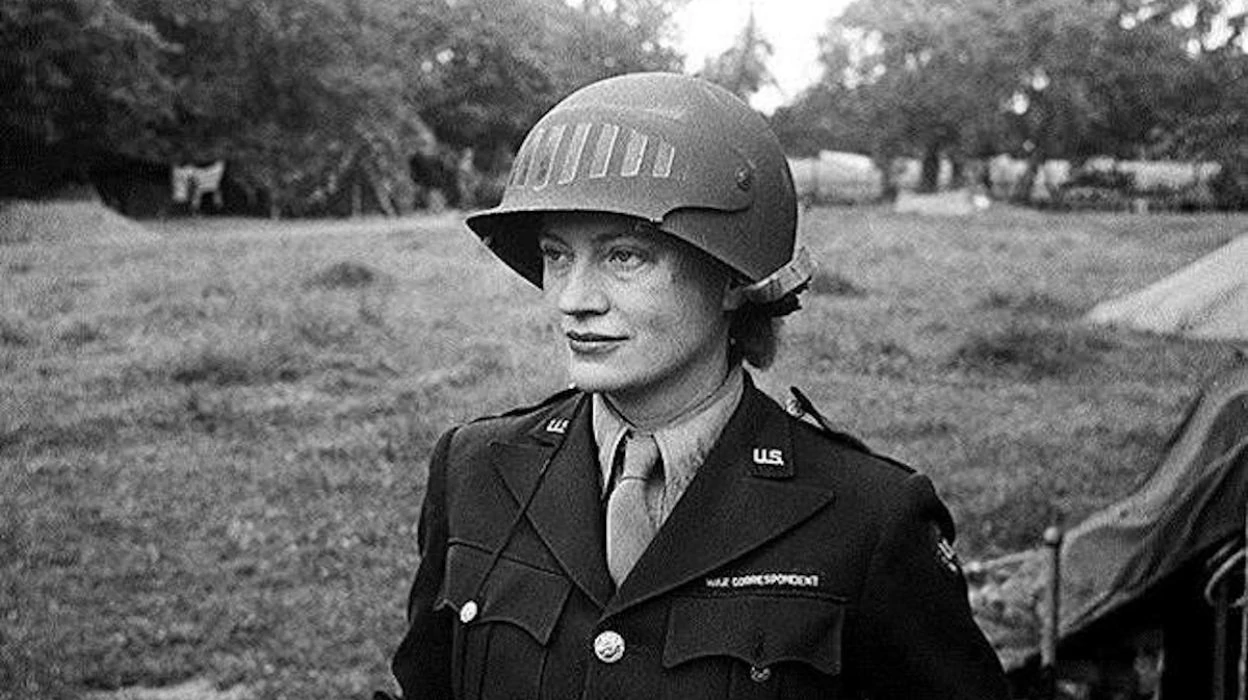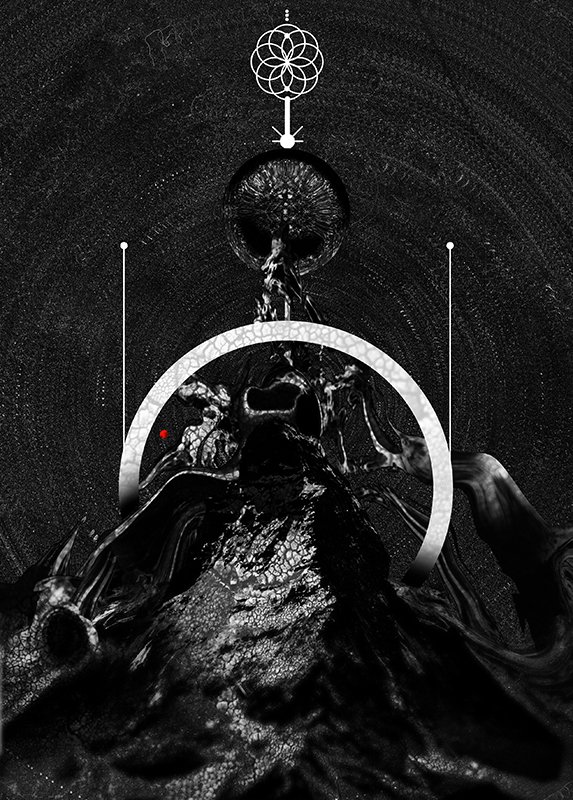Autorka: Magda Z.
Marlene Dietrich pozuje w dramatycznym świetle w szlafroku z falbankami. Obok tłum szydzi z czterech kobiet z ogolonymi głowami, oskarżonych o powiązania z nazistami. Dalej widać ofiary obozu koncentracyjnego w Dachau i wyzwolonych więźniów stojących nad stertą ludzkich kości. Fotografie Lee Miller nadal inspirują i prowokują
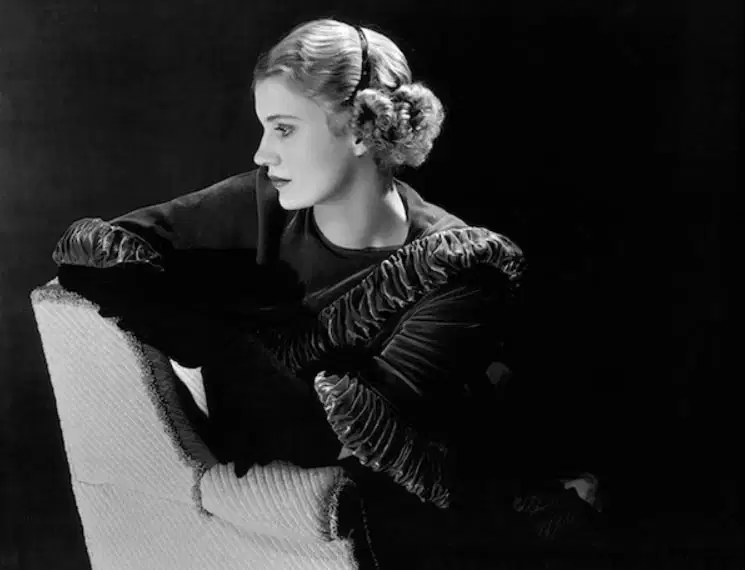
Elisabeth Miller urodziła się w 1907 r. w Poughkeepsie, małym miasteczku przemysłowym położonym 90 mil na północ od Nowego Jorku. Od najmłodszych lata wykazywała artystyczne skłonności, które podsycał jej ojciec Theodore – inżynier i fotograf amator. To właśnie on ofiarował jej pierwszy aparat, gdy miała 10 lat. W ciemni znalazła ukojenie, stała się jej sanktuarium przed cieniami przeszłości. Jako dziecko padła bowiem ofiarą molestowania seksualnego, ukrywanego przez matkę z obawy na reakcje otoczenia. I tak oto zaczęła przelewać emocje na sztukę fotografii, wykorzystując ją jako środek autoekspresji i uzdrowienia.
Wrota na świat
Już w młodym wieku napędzana była nienasyconym pragnieniem przygód. Mając zaledwie 18 lat, przekonała ojca, aby pozwolił jej na wyjazd do Paryża, miasta tętniącego kulturowym przepychem i intelektualnym zapałem. Tam rozpoczęła edukację w L’École Medgyès pour la Technique du Théatre. Uczyła się także w Art Students League w Nowym Jorku i to właśnie tam została dostrzeżona przez wydawcę amerykańskiego „Vogue’a”. Jej regularne, klasyczne rysy twarzy błyskawicznie zapewniły jej karierę modelki – jako dwudziestoletnia kobieta Lee poznała smak sławy.
Wkrótce jednak przestało jej wystarczać bycie pięknym obiektem. Sama pragnęła kreować, tęskniła za Paryżem. Wróciła więc do stolicy Francji, gdzie czuła się jak w domu – znała paryską bohemę, bywała na bankietach, obracała się wśród wielkich artystów, jak Pablo Picasso.
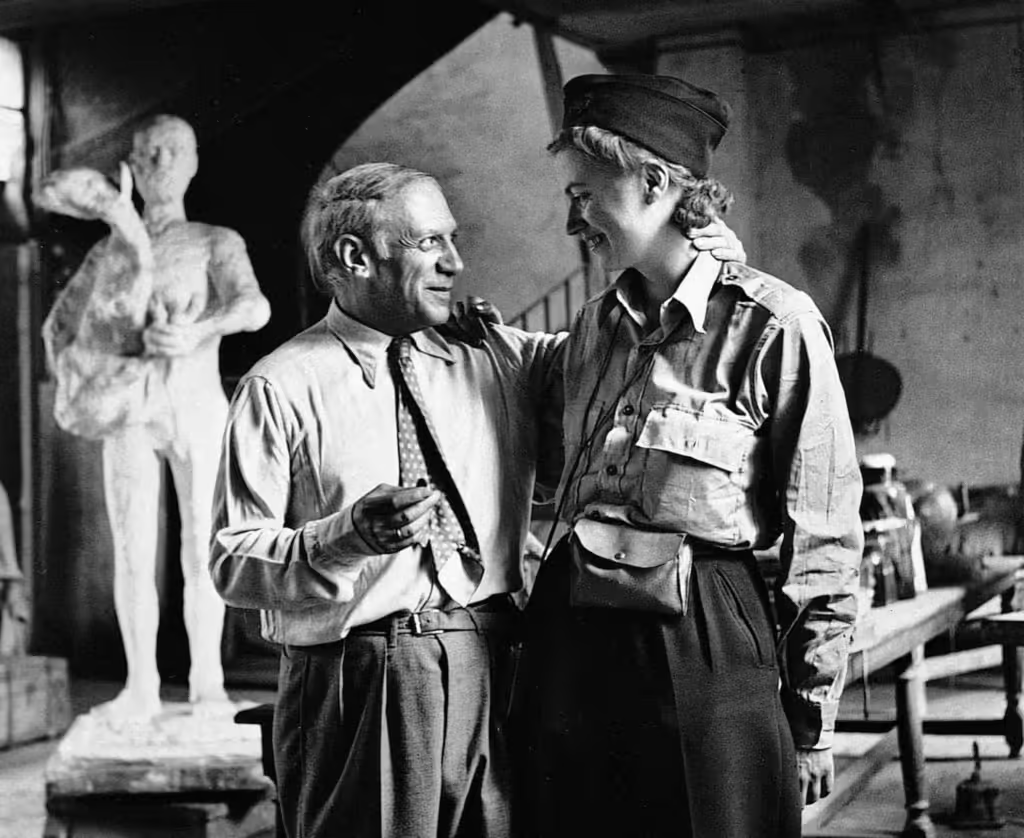
W bohemie Paryża Miller poznała amerykańskiego surrealistę Mana Raya. Najpierw oczarowana uczennica, a następnie muza, kochanka i współpracowniczka, wraz ze swym mentorem rzuciła się w wir artystycznych przedsięwzięć. Jednak na związku cieniem położyła się zazdrość mężczyzny, która doprowadziła do rozpadu związku w roku 1930. Dość powiedzieć, że choć Miller była współautorką fotograficznych dzieł Raya, to jej wkład często nie był wymieniany.
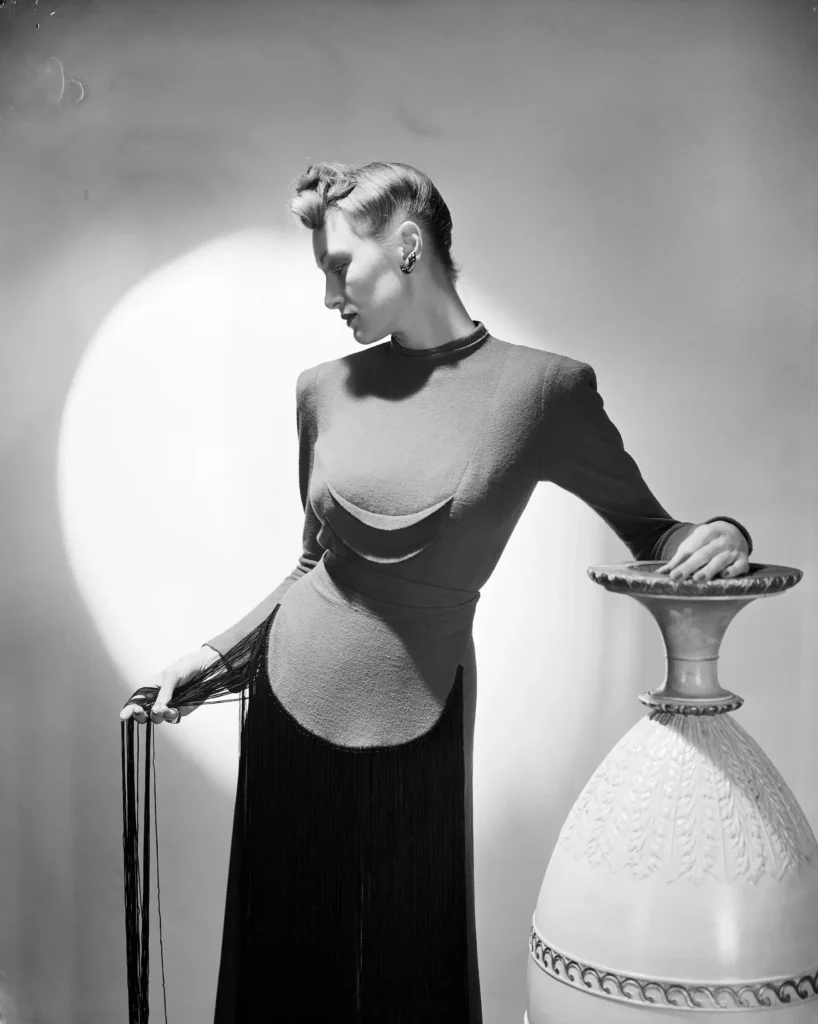
Wizjonerska surrealistka
W 1932 r., po rozpadzie związku, Lee Miller wyjechała do Nowego Jorku, gdzie rozpoczęła nowy rozdział, zakładając studio fotograficzne. Szybko przykuła uwagę znaczących klientów, jak Elizabeth Arden czy Helena Rubinstein, co umocniło jej reputację w branży. Dwa lata później, w 1934 r., udała się do Egiptu, gdzie poślubiła bogatego biznesmena Aziza Eloui Beya. Pośród tętniącego życiem krajobrazu Egiptu Lee znalazła inspirację do swoich surrealistycznych dzieł, jak „Portrait of Space” z 1937 r. Jednak jej pobyt w Egipcie naznaczony był narastającym rozczarowaniem – nużył ją wystawny styl życia, który prowadziła. Po rozpadzie małżeństwa z Azizem kolejny raz wróciła do artystycznego raju – Paryża.
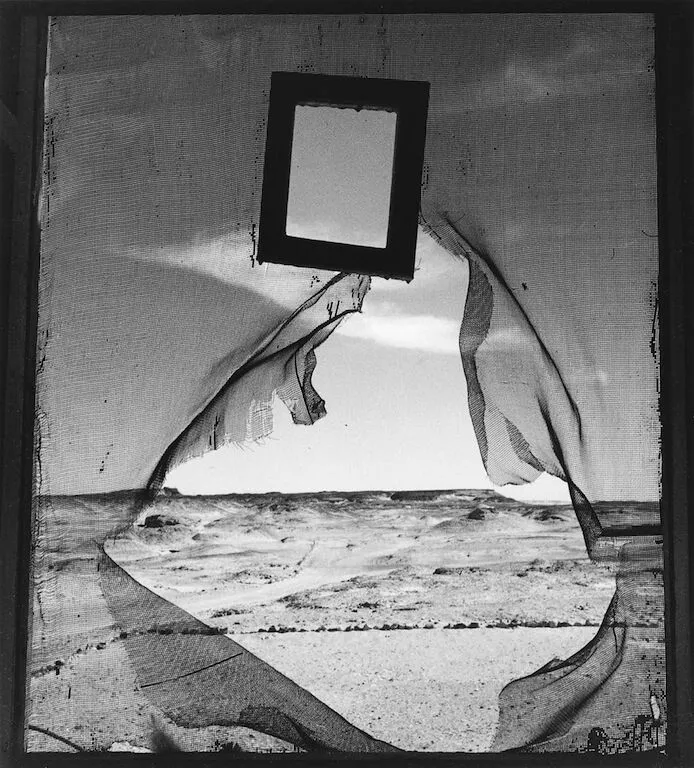
Tam spotkała brytyjskiego malarza surrealistycznego Rolanda Penrose’a, z którym wzięła ślub. Małżeńską sielankę przerwał wybuch drugiej wojny światowej. W obliczu zagrożenia Lee i Roland podjęli decyzję o przeprowadzce do Londynu, gdzie Miller znów skierowała swe kroki ku „Vogue” – jako fotografka i reporterka. Dzięki współpracy z redaktorką Audrey Withers zagłębiła się w dokumentowanie ponurej rzeczywistości wojny. Uchwyciła m.in. zniszczenia w angielskich miastach zbombardowanych przez niemieckie naloty, odwagę żołnierzy i pilotów w trakcie bitwy o Anglię.

© www.leemiller.co.uk
Droga na front
„Vogue” nie zamierzał jednak z Miller zrobić korespondentki wojennej, czego pragnęła. Na linię frontu trafiła z ramienia Condé Nast Publications jako korespondentka armii Stanów Zjednoczonych. Tam pierwsze zdjęcia zrobiła w szpitalu polowym w Normandii, gdzie – jak wspominała – była świadkiem niestrudzonych wysiłków lekarzy i pielęgniarek wykonujących każdego dnia niezliczone operacje.
Niedługo potem Miller znalazła się w środku bitwy pod Saint-Malo, dokumentując wstrząsające skutki użycia napalmu. Wraz z postępem wojny podążała tuż za przesuwającą się linią frontu w kierunku granicy niemieckiej; była jedną z pierwszych dziennikarek, które przybyły do wyzwolonego Paryża.
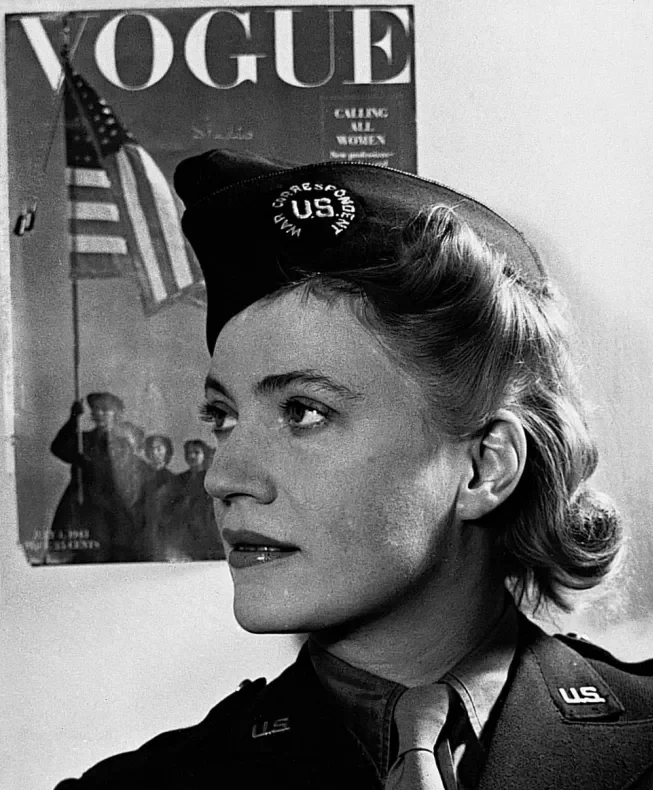
W swoich fotografiach wojennych konsekwentnie starała się uchwycić surową prawdę. Podczas wyzwalania obozów koncentracyjnych Buchenwald i Dachau w kwietniu 1945 r. bezkompromisowo dokumentowała okrutne okrucieństwa popełnione przez reżim nazistowski. Następnego dnia po zatrzymaniu w kadrze okrucieństw w Dachau zapozowała do kultowego portretu: w wannie Hitlera. Myjąc się w niej po jego śmierci, w jego monachijskim mieszkaniu, wygląda na zmęczoną. Jej buty spoczywają na podłodze, na wannie stoi zdjęcie Führera. Ta uderzająca, symboliczna fotografia, została wykonana przez jej przyjaciela – fotografa Davida E. Schermana.

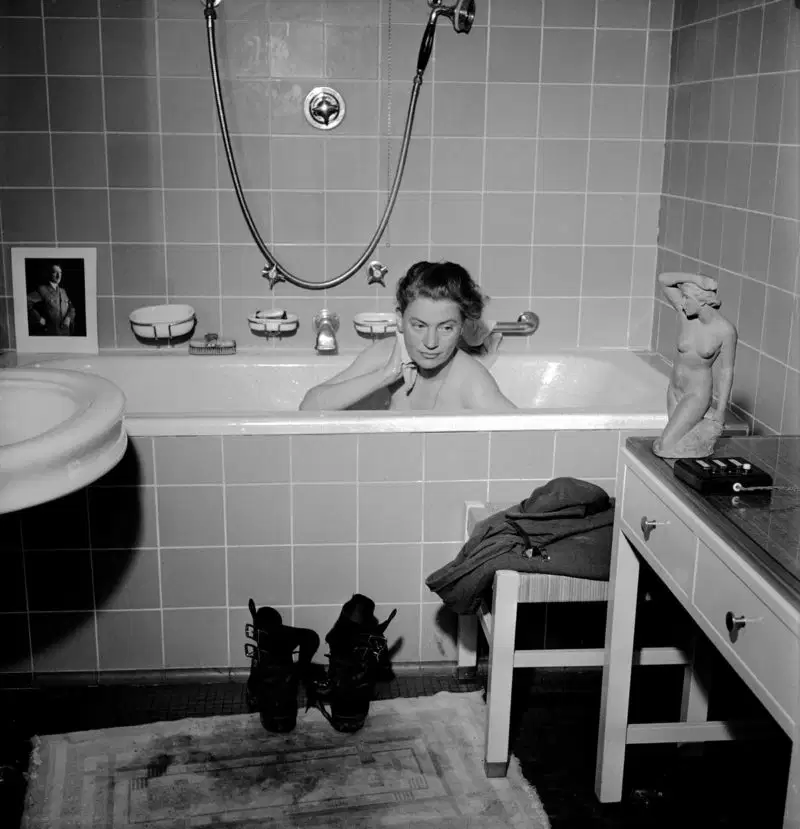
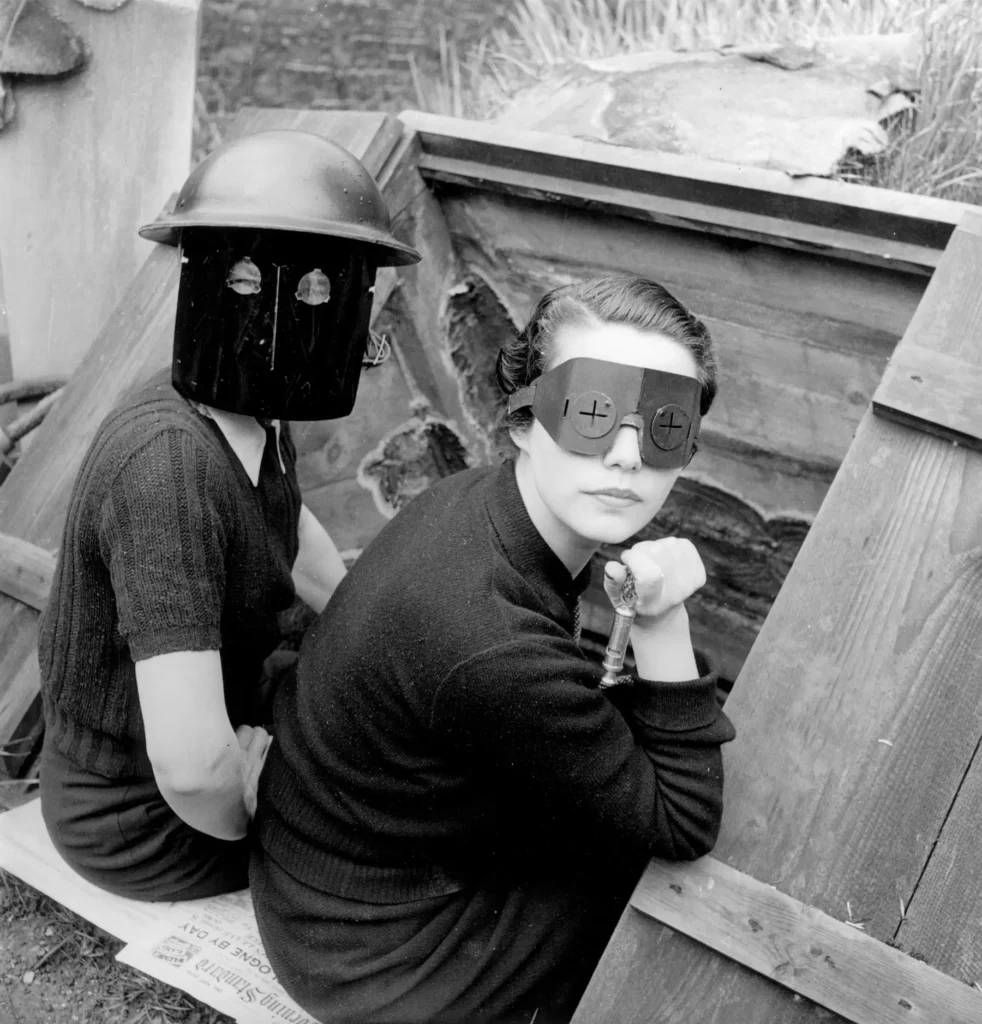
Syndrom stresu pourazowego
Artystyczna wrażliwość w połączeniu z tragicznymi wizjami wojny odcisnęły piętno na Lee. W 1947 r., po wojnie, odkryła, że spodziewa się swojego jedynego dziecka, Antony’ego Penrose’a, który później napisał książkę „The Lives of Lee Miller”, na kanwie której powstał film „Lee. Na własne oczy”. Przyjmując nową rolę, zagłębiła się w świat gospodyń domowych, prezentując swoje umiejętności kulinarne i talent do utrzymywania porządku w domu. Jednak prześladowały ją wstrząsające wspomnienia wojny, prowadząc do trwającej całe życie walki z depresją i chorobą alkoholową.
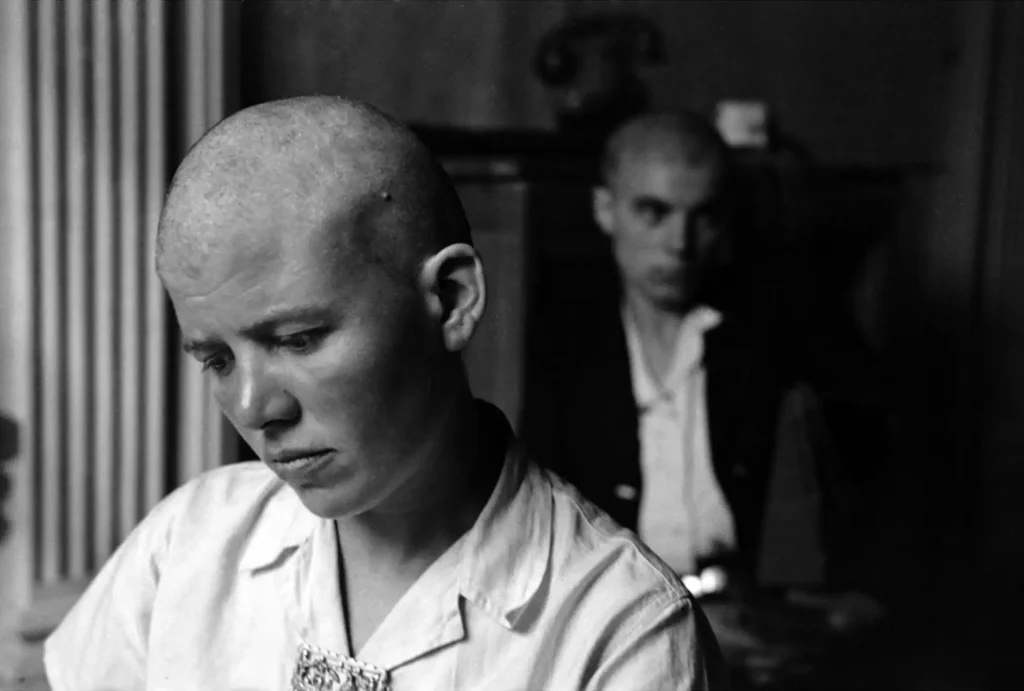

Zmarła, cierpiąc na depresję, w wieku 70 lat (1977 r.). Na pewien czas o jej twórczości zapomniano – nawet jej własna rodzina nie była świadoma, czego uświadczyła na wojnie, dopóki nie odnalazła jej negatywów. Teraz, pięć dekad później, jest bohaterką filmu, którego premiera odbyła się we wrześniu na Międzynarodowym Festiwalu Filmowym w Toronto. Poświęcono jej także wystawę w galerii Gagosian w Nowym Jorku, gdzie można zakupić niektóre z odbitek jej prac.
